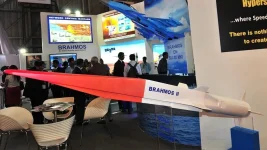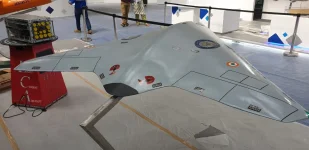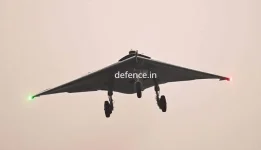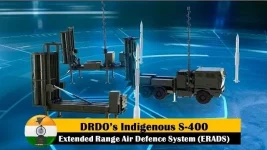- Views: 4K
- Replies: 15

In a major boost to India's indigenous defense capabilities, the Defence Research and Development Organisation (DRDO) has finalized the configuration of the Uttam Active Electronically Scanned Array (AESA) radar for the Tejas Mk1A fighter jet. This advanced radar, developed in collaboration with Bharat Electronics Limited (BEL), will be integrated into the Tejas Mk1A fleet starting from the 51st aircraft.
The finalized Uttam AESA radar boasts a significant upgrade in the number of transmitter-receiver (TR) modules, increasing from the initial 720 to over 980. This enhancement translates to a substantial leap in the radar's performance, providing the Tejas Mk1A with extended range, improved resolution, and superior multi-target tracking capabilities.
TR modules are fundamental components of an AESA radar, determining its ability to detect and engage multiple targets simultaneously. By increasing the TR module count, the Uttam radar offers enhanced situational awareness and greater combat effectiveness in complex scenarios. This upgrade aligns with the Indian Air Force's (IAF) emphasis on advanced avionics for its fighter aircraft, particularly for fourth and fifth-generation platforms.
With the radar's configuration finalized, BEL has commenced production of the Uttam AESA Fire Control Radar (FCR) specifically designed for the Tejas Mk1A. This variant has undergone rigorous testing to ensure seamless integration with the aircraft's avionics and mission systems. The successful integration of the Uttam AESA radar is a significant step towards self-reliance in advanced avionics technology, reducing dependence on imported radar systems.
The Uttam AESA radar's indigenous design offers several advantages, including simplified maintenance, easier upgrades, and the flexibility to incorporate operational feedback from the IAF. This adaptability ensures the radar's long-term viability and its ability to evolve with changing mission requirements.
Beyond the Tejas Mk1A, a modified version of the Uttam AESA radar is also slated for integration into the Tejas MkII, India's next-generation fighter aircraft. The MkII, designed to replace aging aircraft in the IAF's fleet, will leverage the Uttam radar's advanced capabilities and enhanced TR module count to fulfill its expanded mission profile.




